This post may contain affiliate links which means I will get a commission if you make a purchase at no additional cost to you. As an Amazon Associate I earn from qualifying purchases. Please read my disclosure for details.
The modern refrigerator has become a sanctuary for everything from condiments to leftovers, from cucumbers to coffee beans. It is a space many trust without question, assuming cooler temperatures automatically preserve freshness and quality.
But not everything belongs in this chilled domain. Placing certain foods in the fridge can dull their flavor, alter their texture, or speed up their decline. The fridge is not a one-size-fits-all solution, and understanding what not to store there can save you money, preserve taste, and reduce waste in your kitchen.
Tomatoes
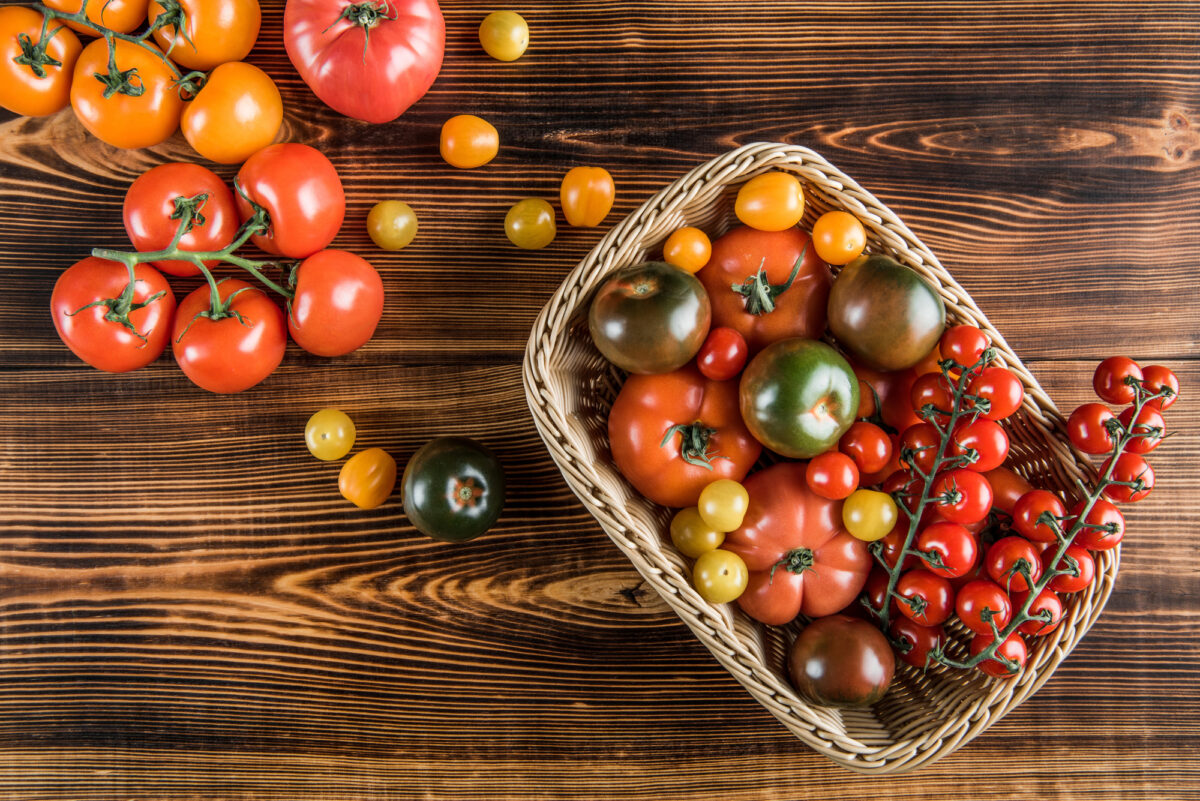
WANT TO SAVE THIS RECIPE?
Refrigeration disrupts the delicate membranes in tomatoes, making them mealy and stripping away their natural flavor. Room temperature is ideal for maintaining both texture and taste. Ripe tomatoes kept out of direct sunlight will last several days beautifully.
Bread
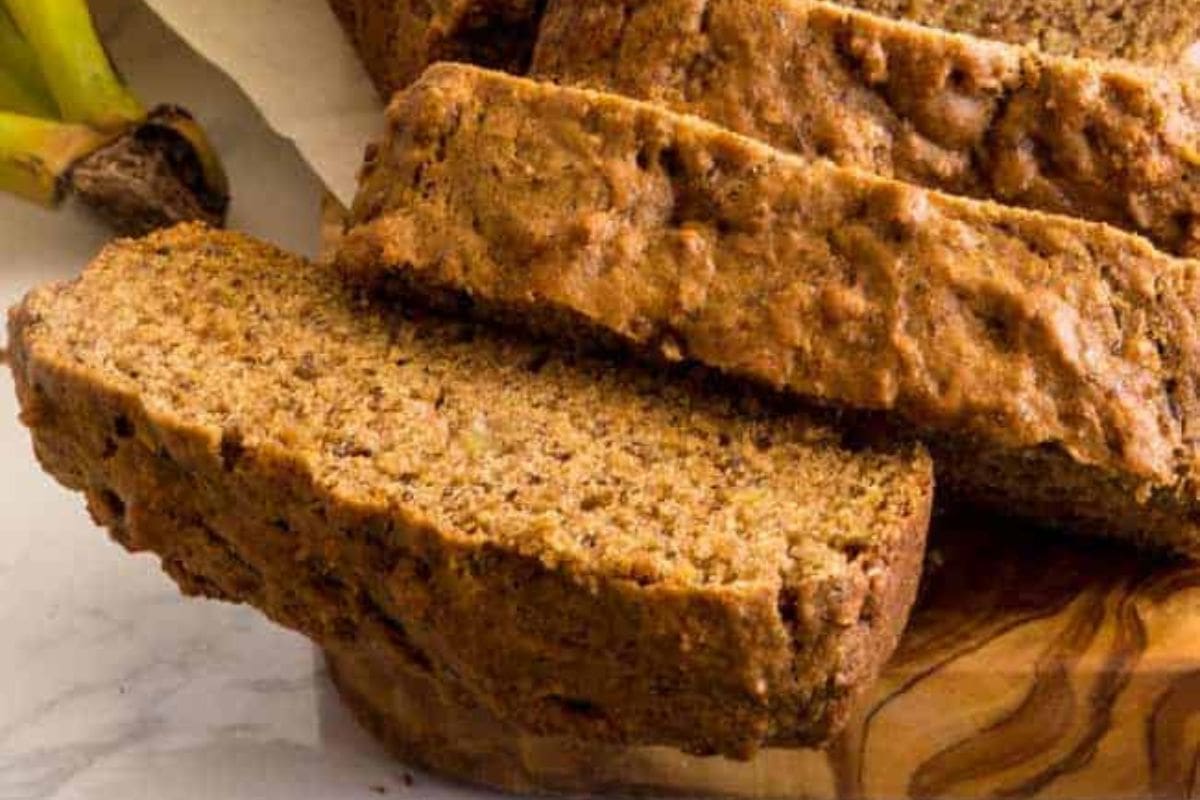
Cold air speeds up the staling process in bread, turning it dry and chewy. Instead, keep it in a bread box or a paper bag on the counter. If you must store it long term, freezing is better than refrigerating.
Onions
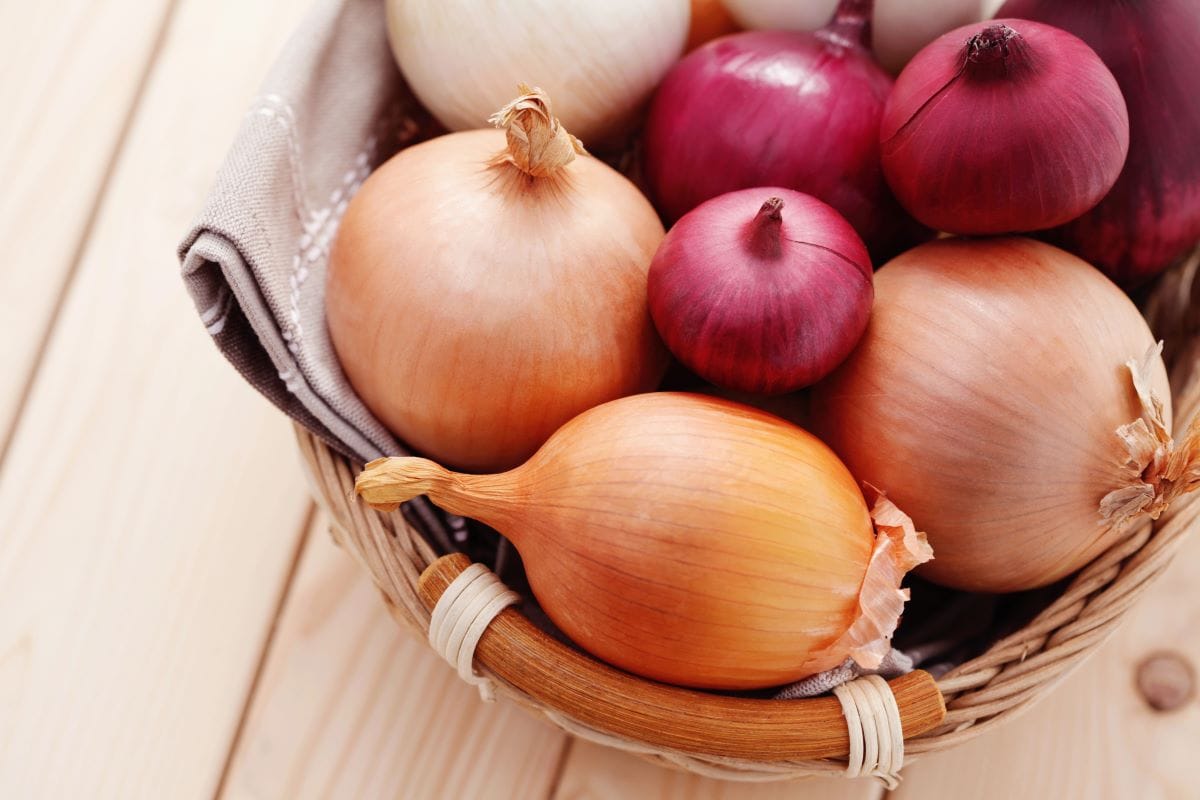
The moisture in the fridge causes onions to become mushy and mold-prone over time. Store them in a cool, dry place with air circulation, away from potatoes, which can cause spoilage through shared gases.
Garlic
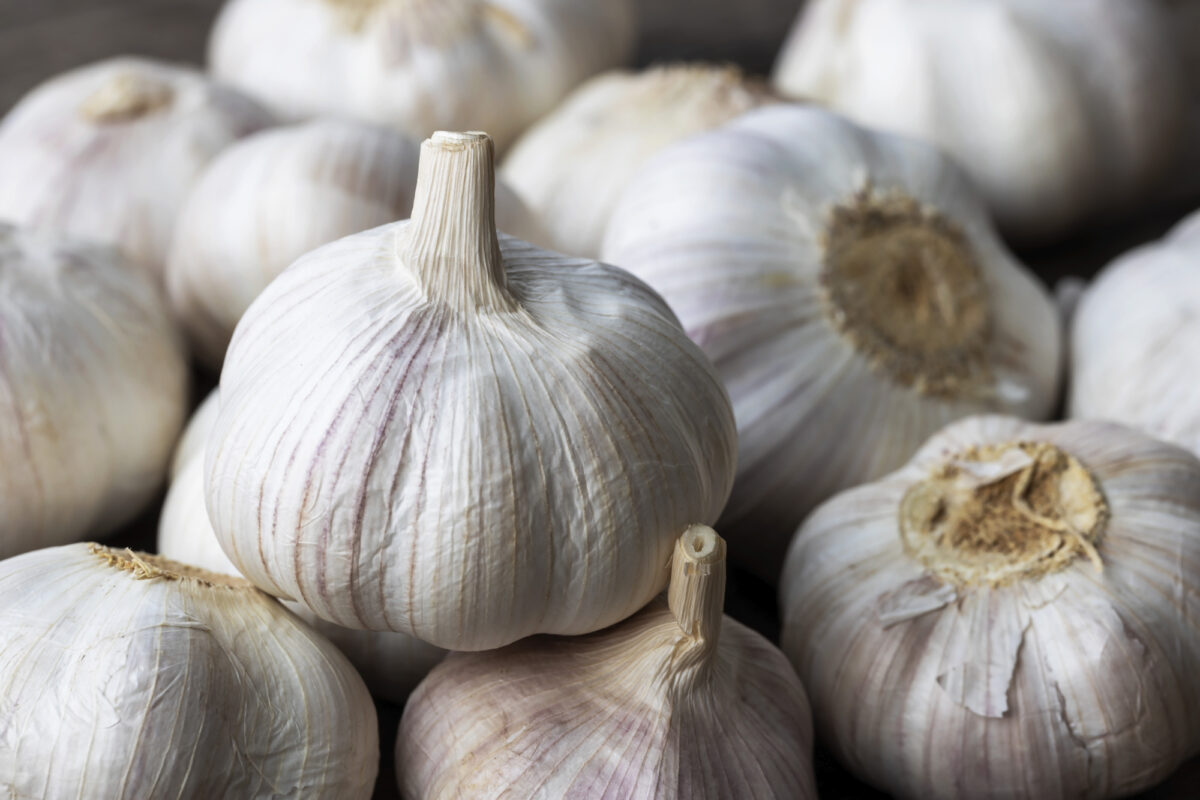
Refrigerated garlic tends to sprout quickly and lose its firm, flavorful bite. A mesh bag or a ceramic pot on the counter keeps garlic dry and lasts longer. Darkness and dryness are your best tools here.
Potatoes
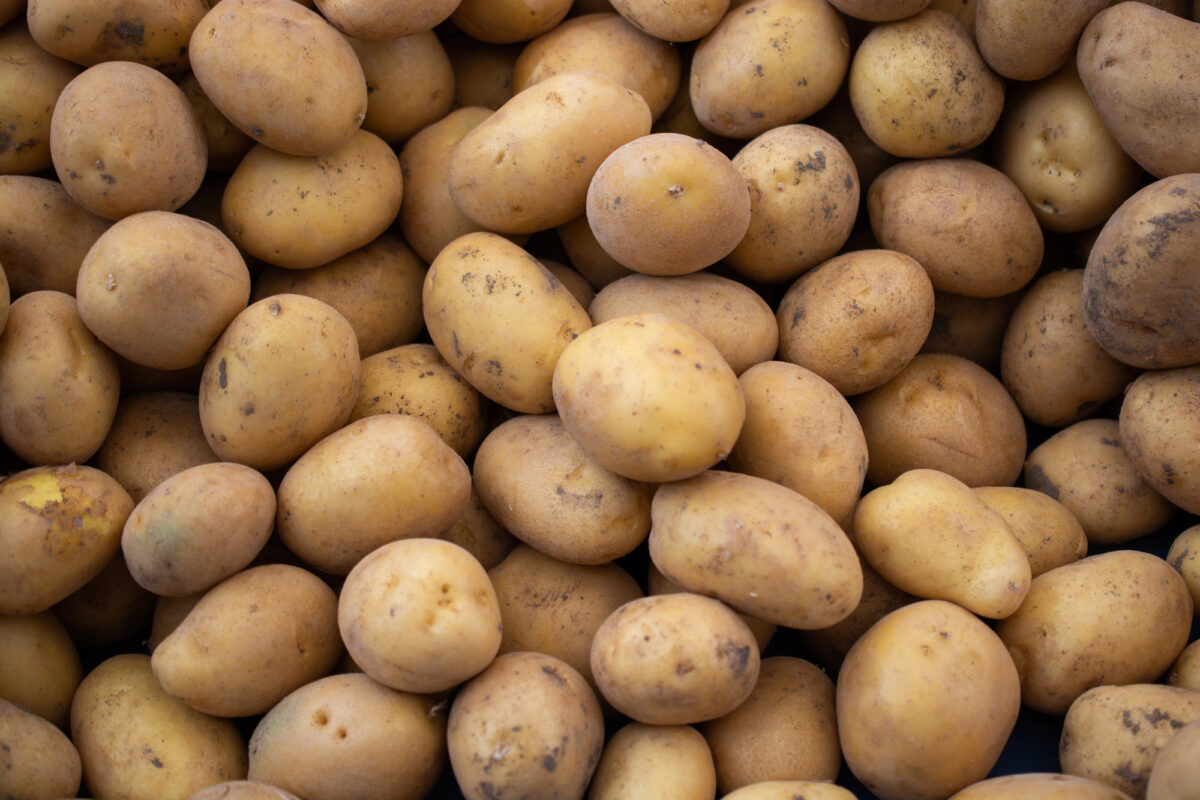
Cold temperatures turn potato starch into sugar, altering their flavor and making them overly sweet or gritty when cooked. Store them in a paper bag in a pantry or cellar to preserve their integrity.
Coffee
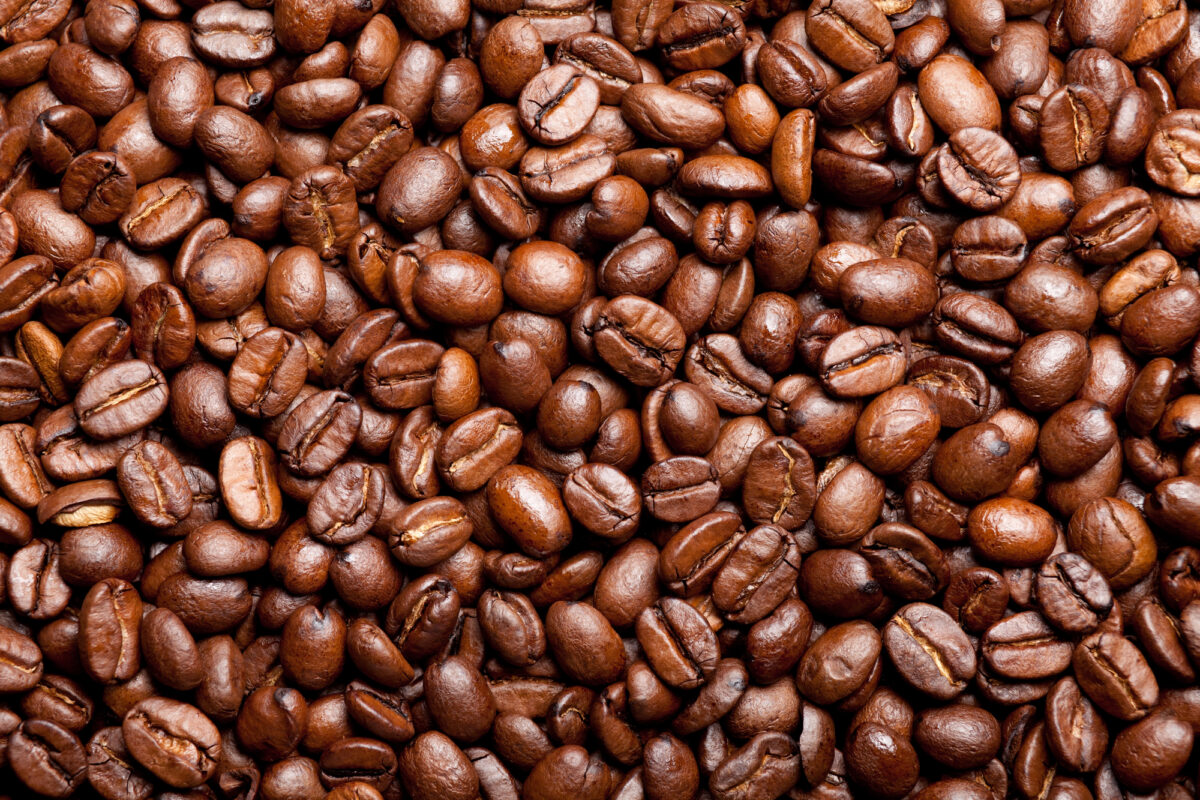
Fridges introduce moisture that can ruin coffee’s delicate oils and aromatics. Store beans or grounds in an airtight container in a dark, cool cabinet to retain richness and depth.
Related Post: 25 Recipes for Kids That Will Make You the Coolest Parent Ever
Honey

Refrigeration causes honey to crystallize and harden unnecessarily. Honey is naturally antibacterial and has an indefinite shelf life when stored at room temperature in a sealed jar.
Related Post: 10 Restaurants In Colorado That Mix Local Ingredients With Global Flavors
Hot Sauce

Most hot sauces have enough vinegar and salt to stay shelf-stable without refrigeration. Keeping them in the fridge dulls their heat and flavor profile. Just store in a cool pantry away from sunlight.
Related Post: 19 Recipes with Chicken Breast That Are Actually Flavorful
Melons (Whole)
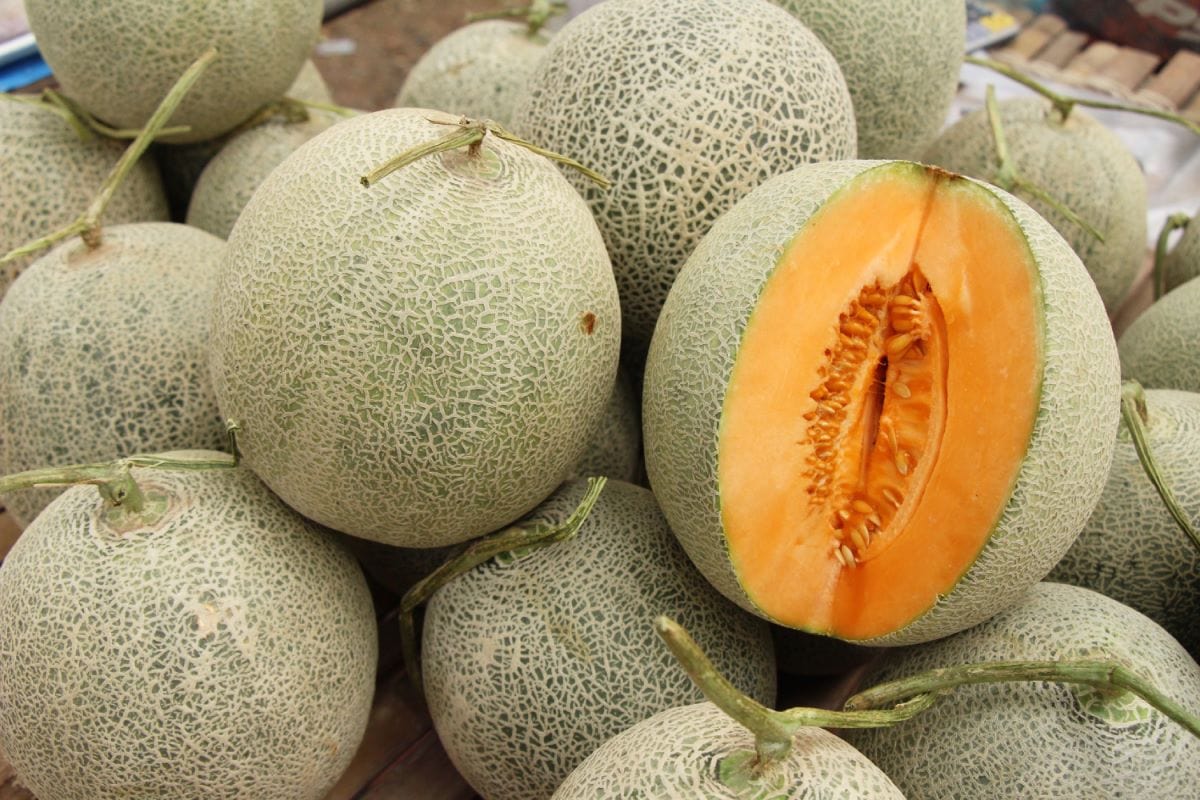
Before cutting, melons like cantaloupe and watermelon do better at room temperature to preserve antioxidants. Once sliced, wrap and refrigerate. Until then, the counter is best.
Related Post: 11 Grocery Chains in Washington With Shockingly Good Deli Counters
Basil
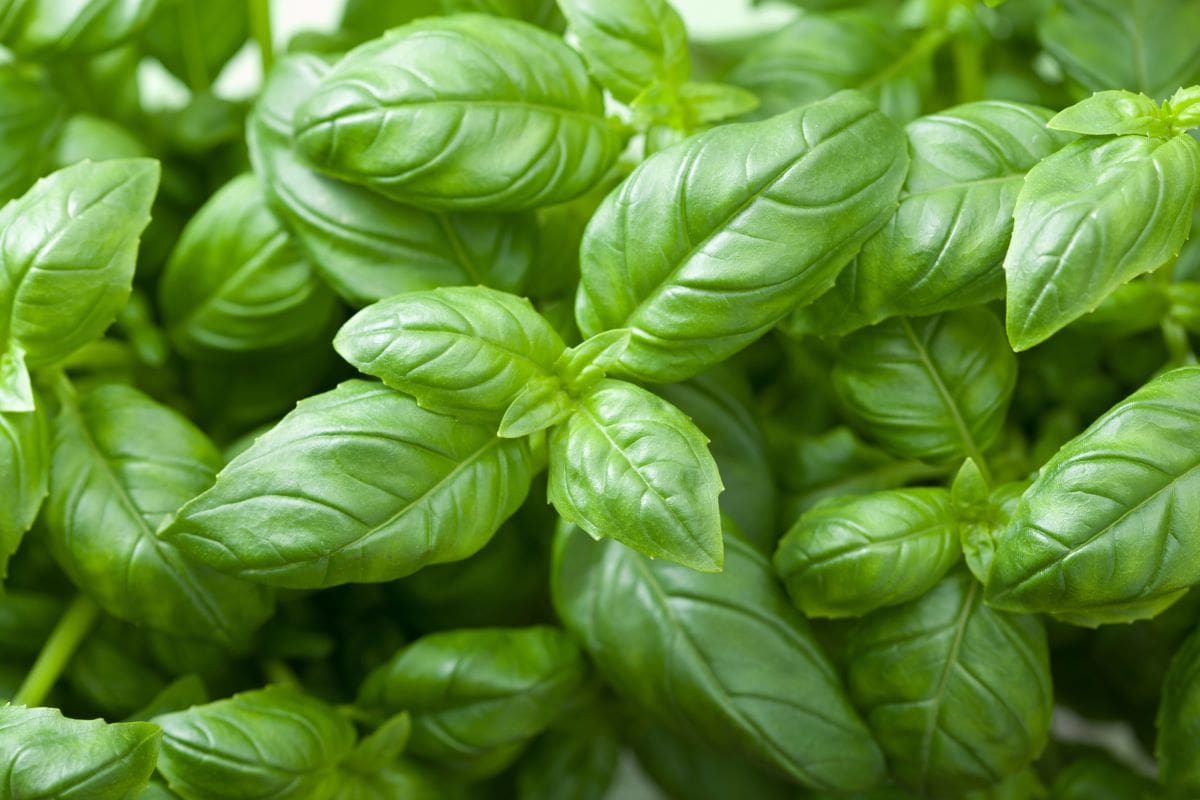
Basil wilts quickly in cold temperatures and absorbs fridge odors. Instead, treat it like fresh flowers, trim the stems, and store it in a glass of water on the counter. Cover loosely with a plastic bag if needed.
Related Post: 25 Flavorful Nacho Bar Ideas for Your Next Gathering
Avocados (Unripe)
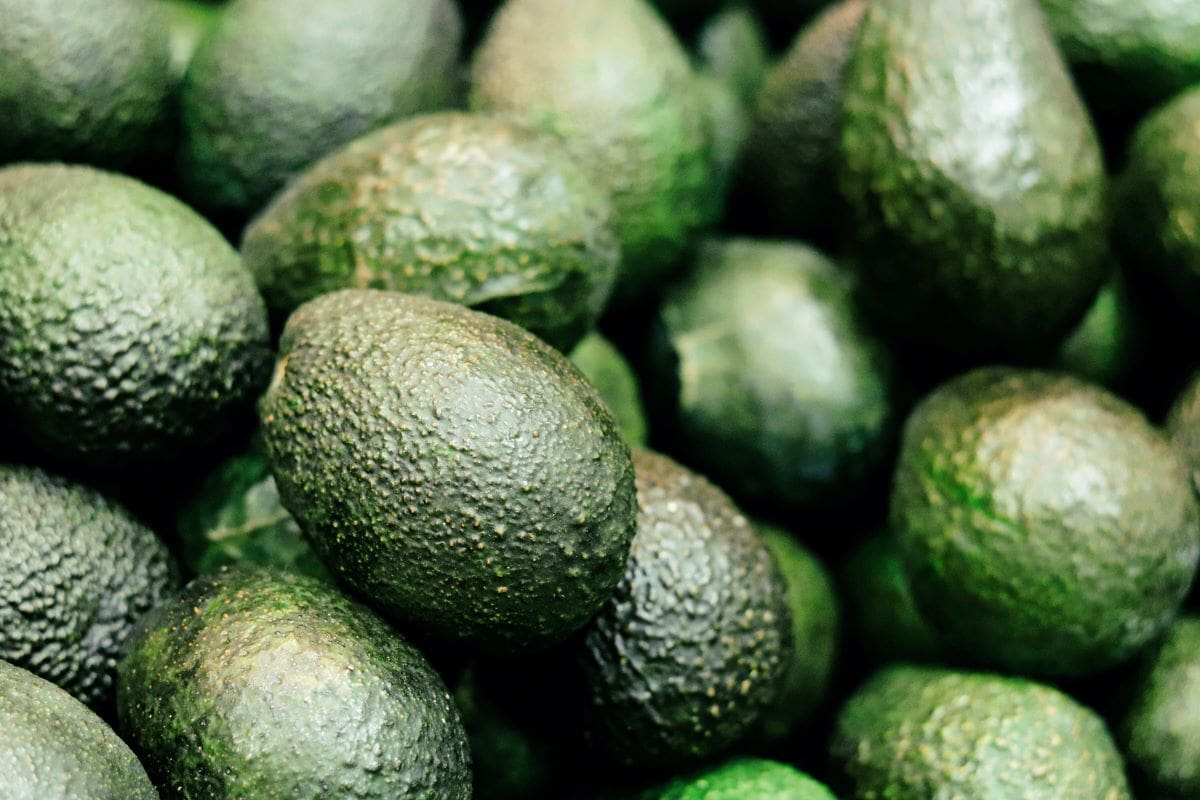
Cold air halts the ripening process in avocados. Leave them on the counter until they yield gently to pressure, then move them to the fridge if you need to buy a few extra days.
Related Post: 12 Grocery Chains In Pennsylvania That Cater To Old School Shoppers
Sign up now to receive our exclusive e-cookbook filled with top-rated recipes for FREE!
Peanut Butter (Natural or Regular)
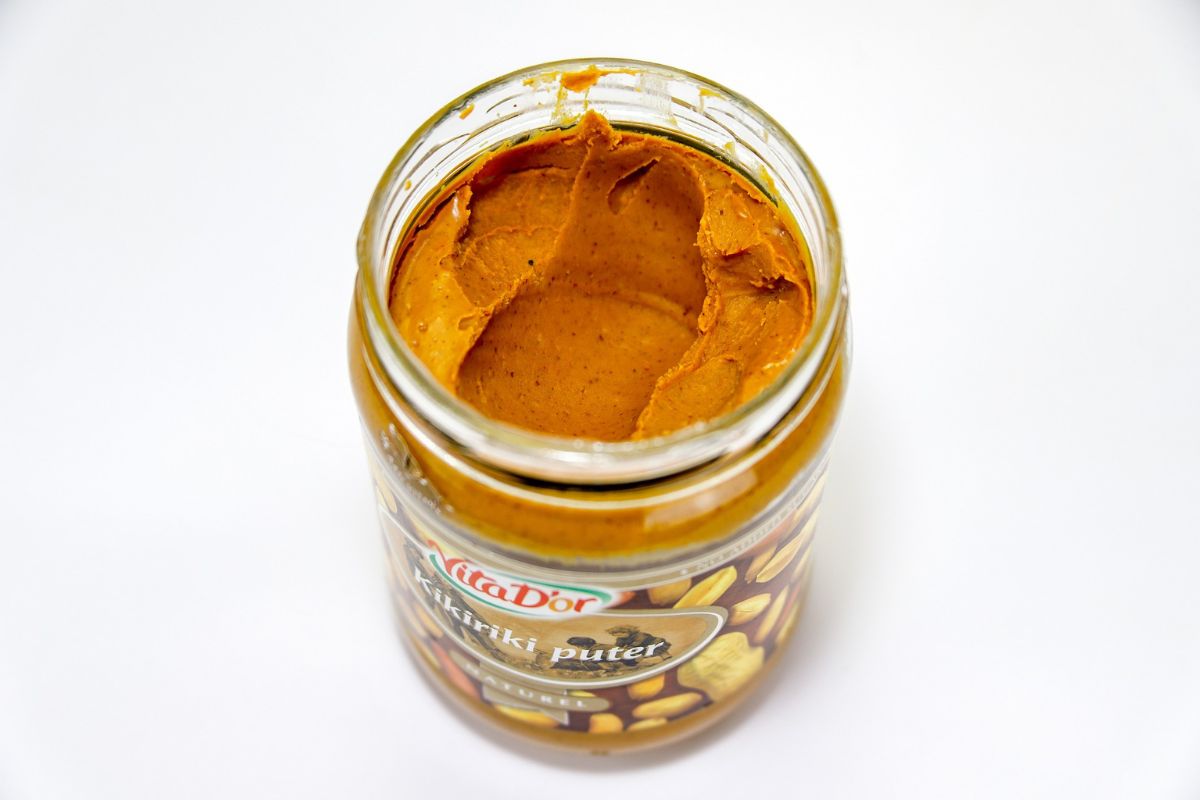
Unless the label requires it, peanut butter can be stored safely in the pantry. Cold temperatures make it hard to spread and mute its nutty flavor. Just keep the lid tight and stir when needed.
Related Post: 25 Platter Ideas That’ll Instantly Upgrade Any Party or Date Night
Oil (Olive and Others)

Refrigerated oil becomes cloudy and solidifies, especially olive oil. This does not spoil it, but it does affect the texture. Store oil in a dark bottle in a cool cupboard for best results.
Related Post: 10 Hidden Restaurants In Philly Locals Keep To Themselves
Apples
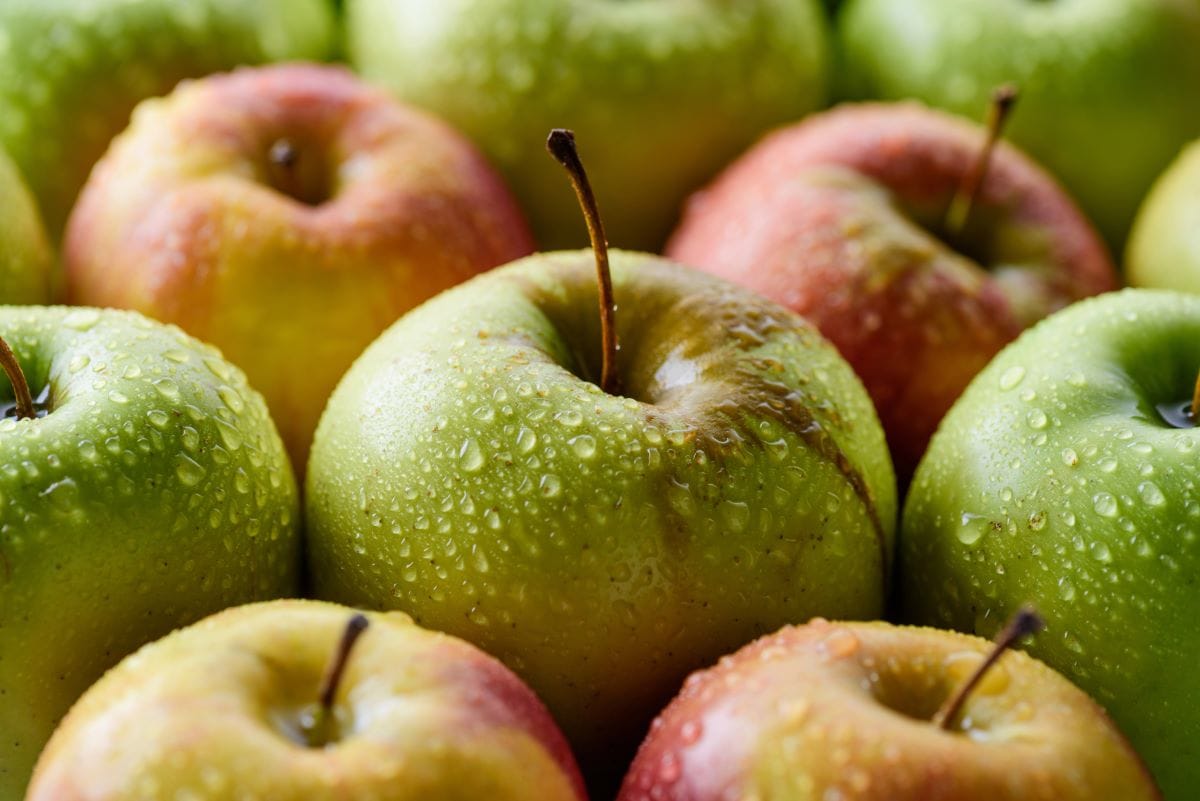
While refrigeration slows spoilage, it also dulls apples’ crispness and flavor. Keep them on the counter for up to a week. If storing longer, use the fridge only as a backup option.
Related Post: 25 Cold Lunch Ideas for Kids That Won’t Come Home Uneaten
Our kitchens are full of routines shaped by convenience rather than precision, but small adjustments can lead to better results in flavor, shelf life, and quality. Understanding how each ingredient responds to its environment is the kind of everyday wisdom that makes us better stewards of our food. Sometimes, knowing what not to chill is the most refreshing lesson of all.
Disclaimer: This list is solely the author’s opinion based on research and publicly available information.
12 Packaged Food Ripoffs That Have Quietly Gotten Worse

Packaged foods are a staple in most American households, offering convenience and long shelf lives. But over the years, many of our favorite products have quietly gotten worse—whether through shrinking portions, lower-quality ingredients, or deceptive pricing.
Food companies rely on consumers not noticing these changes, all while charging the same (or higher) prices. Here are 12 packaged food ripoffs that have slowly declined in quality while quietly costing you more.
Read it here: 12 Packaged Food Ripoffs That Have Quietly Gotten Worse
How to Save $100+ Every Month at the Grocery Store

From planning your meals to avoiding sneaky upcharges in the snack aisle, here’s a realistic guide to trimming your food budget without adding stress to your week.
Read it here: Things Moms Waste Money On (and Don’t Even Know It)
Is Walmart+ Still Worth It in 2025? The Truth After 3 Years

Is the new Walmart Plus worth the annual fee or is it just another failed version of Amazon Prime? I spent my own money trying this service out for 12 months and counting. I have a lot to say about the benefits and drawbacks in this Walmart+ honest review.
Read it here: Is Walmart+ Worth It? Honest Review 3 Years Later!
You’ll love these related posts:
- 25 Recipes with Chicken So Flavorful, Even Your Picky Eaters Will Beg for More
- 11 Grocery Store Chains In Illinois With Cult Like Followings
- 25 Cooking Ideas That Will Make You Ditch Takeout Forever
- 25 Recipes for Dinner That’ll Impress Anyone—Even on a Budget
- 10 Must Visit Grocery Chains In Arizona For Plant Based Shoppers
